Decades ago, elephants were common in Sri Lanka. At that time there were significant forests in the country and elephants were able to live freely without any hassle. But with the gradual clearing of forests by humans, the survival of the elephants became threatened. As a result, a significant number of elephants lose their lives
Decades ago, elephants were common in Sri Lanka. At that time there were significant forests in the country and elephants were able to live freely without any hassle. But with the gradual clearing of forests by humans, the survival of the elephants became threatened. As a result, a significant number of elephants lose their lives each year. As a result, orphaned cubs were found in the wild, killing their mothers. Often, such pups received no care, and the need arose to take care of them. As a result, the Pinnawala Elephant Orphanage was established in 1975. Pinnawala is located in the town of Rambukkana in the Kegalle District of Sri Lanka. It is located about 90 km from the city of Colombo. Pinnawala is one of the major tourist destinations in Sri Lanka. It is home to the Pinnawala Elephant Orphanage, the only one in the world, as well as the largest and only outdoor zoo in Sri Lanka.
How the Pinnawala Elephant Orphanage was started?
P. B. G. Mr. Kalugalla was the Minister of Shipping and Tourism in the Government of 1970-1977. He won the Kegalle electorate in the 1970 general election and became a Member of Parliament. Minister Kalugalla who rendered such a great service to the city of Kegalle took the initiative to start the Pinnawala Elephant Orphanage. Accordingly, under the guidance of the Minister, the Department of Wildlife Conservation initiated this project on February 16, 1975. Spread over an area of 25 acres, the orphanage initially had seven baby elephants. They were known as Kumari, Neela, Vijaya, Kadira, Anusha, Jandura and Matali.
The first elephant birth that took place in the orphanage
In 1978 the Pinnawala Elephant Orphanage was taken over by the Department of National Zoological Gardens. Then in 1982, we started an animal breeding program at the Pinnawala Orphanage. Two years after the program began, the first elephant was born here. The baby elephant was born on July 5, 1984 and was named Sukumali. The parents of the first baby elephant born in the Pinnawala Elephant Orphanage were an elephant named Vijaya and an elephant named Kumari. Since then, the number of elephants in the Pinnawala Elephant Orphanage has been steadily increasing. Among them were elephants born in the orphanage as well as orphaned baby elephants brought in from other areas.
At present there are about 89 elephants here. Over the past few decades, the number of elephants in the Pinnawala Elephant Orphanage has increased to 89. At present it has 41 males and 48 females. As the number of elephants in the Pinnawala Elephant Orphanage gradually increased, local and foreign tourists began to visit it regularly. The day before the onset of the corona epidemic, a significant number of tourists visited the Pinnawala Elephant Orphanage. There is a daily schedule at the Pinnawala Elephant Orphanage which attracts such a large number of tourists. If a tourist goes there without knowing the schedule, he is more likely to miss the opportunity to see the activities of the elephants.
Daily Schedule at the Elephant Orphanage
The Pinnawala Elephant Orphanage, which has attracted a lot of attention from local and foreign tourists, is open to tourists daily. The Pinnawala Elephant Orphanage which opens to tourists at 8.30 am will be closed at 6 pm. During that period, activities such as feeding the baby elephants, feeding the other elephants and taking the herd to the Ma Oya for bathing take place. The herd of elephants is taken for a bath twice and food is provided twice. The Elephant Orphanage has a schedule for the day-to-day running of the program. Below is that schedule.
| 8.30 am | Opening for tourists |
| 9.15 am | Feeding the baby elephants and feeding the other elephants |
| 10.00 am | Taking the elephant to Ma Oya for bathing |
| 12.00 noon | Bringing the elephant back to the sanctuary from Ma Oya |
| 13.15 pm | Feeding the calves and feeding the other elephants |
| 14.00 pm | Taking the elephant back to the river to bathe |
| 16.00 pm | Bringing back the elephant from Ma Oya to the sanctuary |
| 17.00 pm | Milking of baby elephants and parking of other elephants |
| 17.30 pm | Stop issuing tickets to visitors |
| 18.00 pm | Closing the Elephant Orphanage |
Elephants bathe here from 10.00 am to 12.00 noon and from 2.00 pm to 4.00 pm. Elephants are allowed to bathe twice a day in this way to reduce their body temperature. This time varies for herds of rejected and sick elephants. They take baths from 8.30 am to 9.45 am and from 12.00 to 1.45 pm. 
Food for elephants
When caring for elephants, it is imperative that they be well fed. The trunks and branches of the Kitul tree are generally the favorite food of elephants. In addition, they eat branches such as coconut and jackfruit. 
How do elephants get to the Pinnawala Elephant Orphanage?
Elephants are delivered to the Pinnawala Elephant Orphanage through the Department of Wildlife Conservation in Sri Lanka.
What is the average lifespan of an elephant?
An elephant can live for at least 70-80 years in an outdoor conservation environment.
Baby elephants born in Pinnawala have been donated to various countries under animal exchange programs. Among them are countries like Japan and Korea.
Pinnawala Elephant Orphanage is a wonderful place to watch elephant activities. A visitor to this place can have fun throughout the day watching the activities of the elephants. This place has been established for the care of orphaned elephants in Sri Lanka and has been doing a great service for more than 4 decades. Therefore, it is our responsibility to protect the Pinnawala Elephant Orphanage.

Pinnawala Elephant Orphanage Map Location
Pinnawala Elephant Orphanage Address:
Pinnawala Elephant Orphanage,
Pinnawala,
Rambukkana,
Sri Lanka.
Phone : +94 35 22 66 116
Fax : +94 35 22 64 533

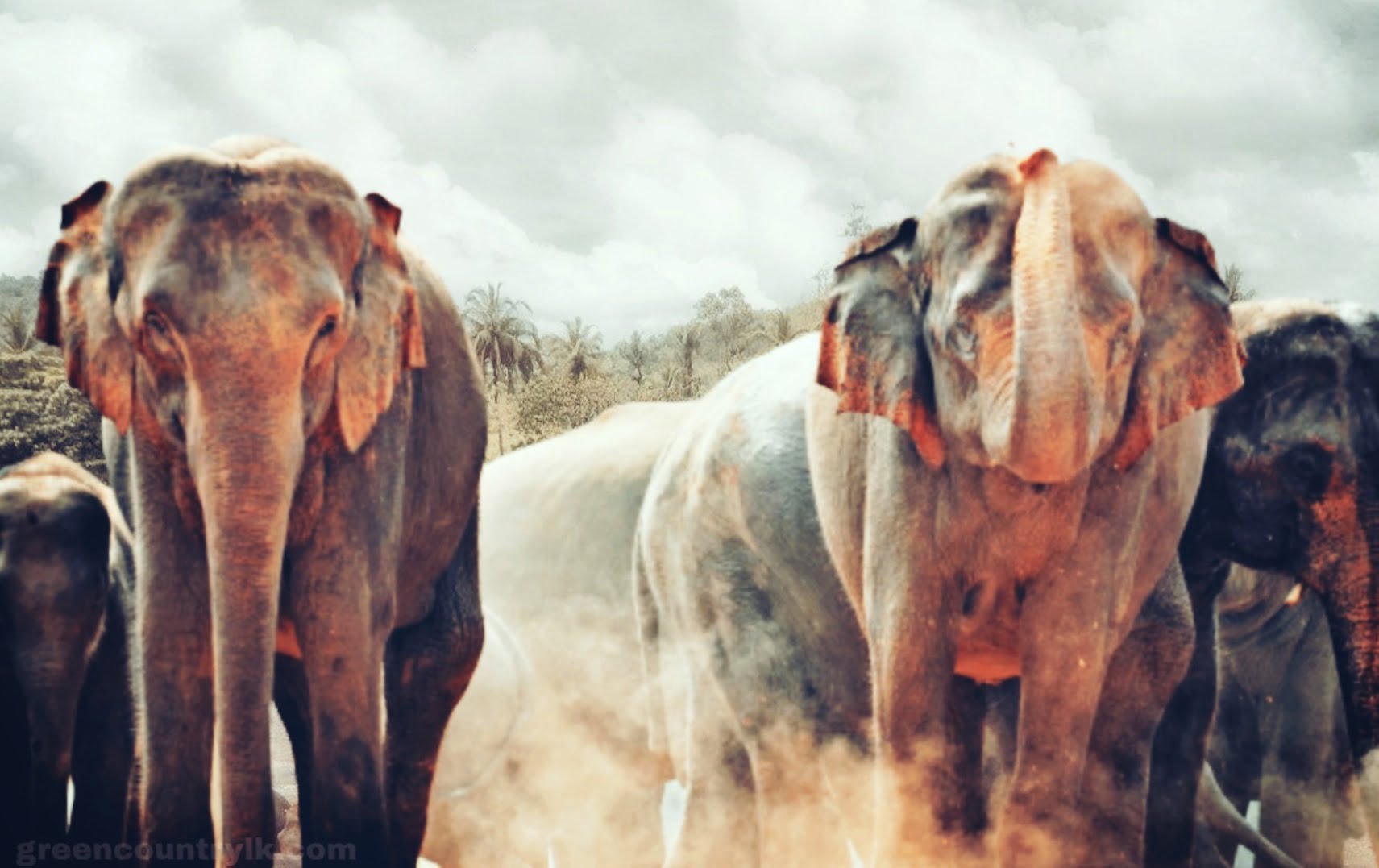

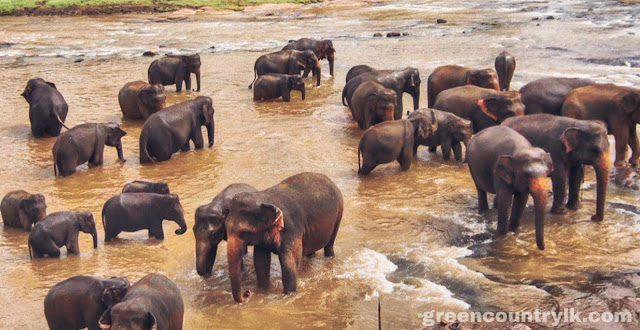


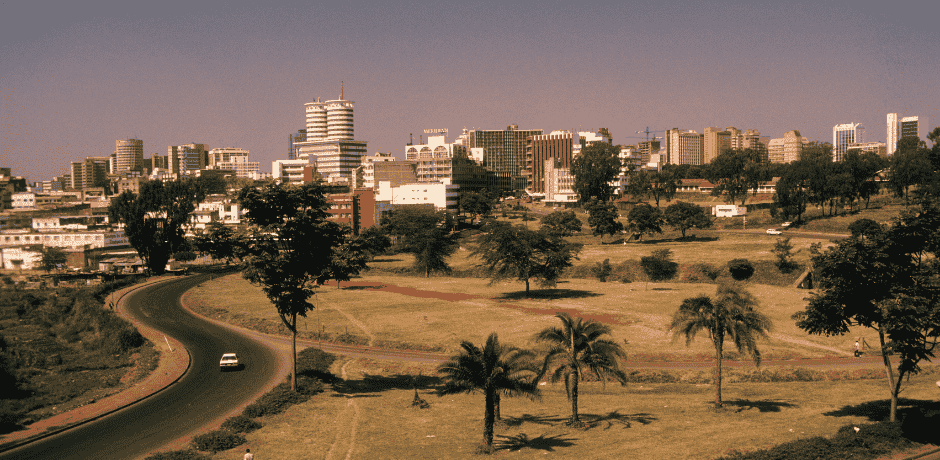
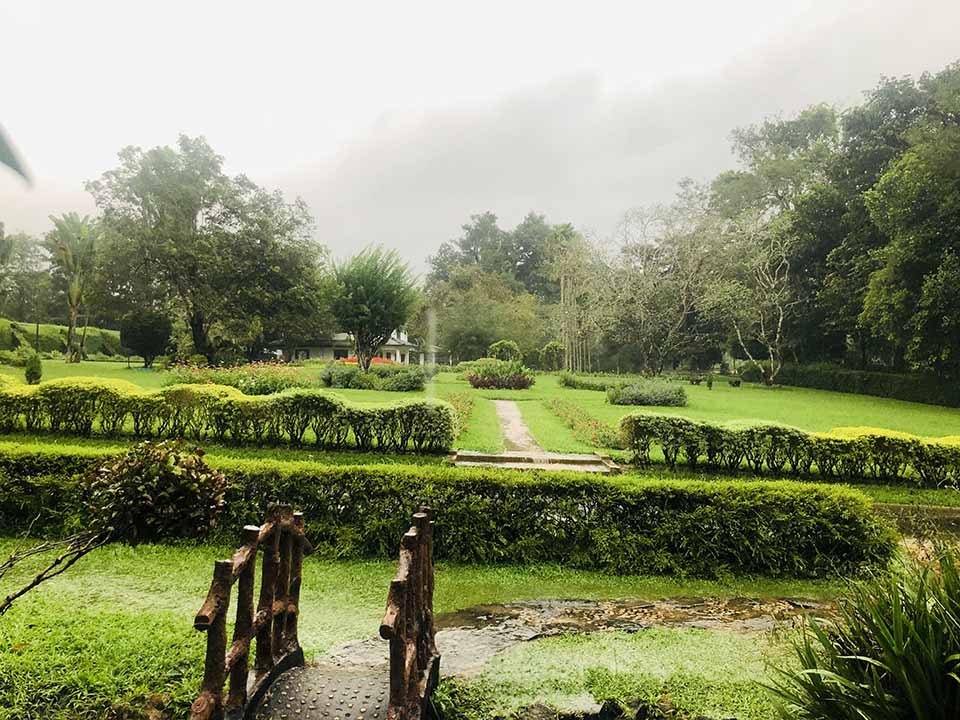
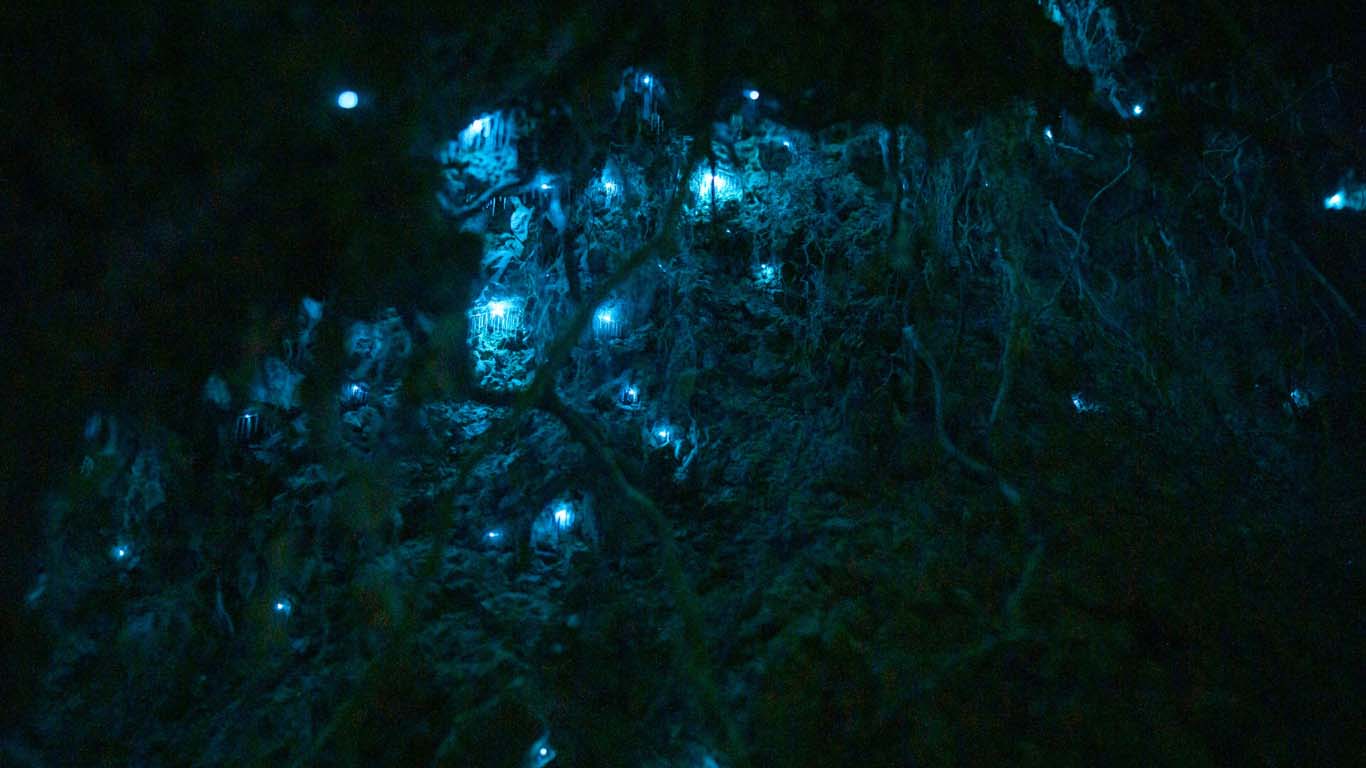
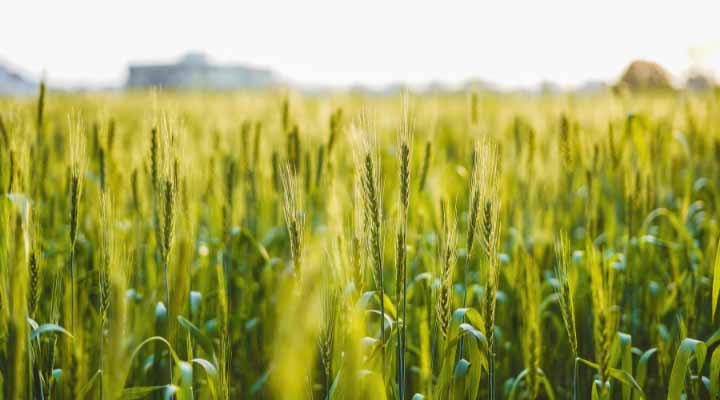
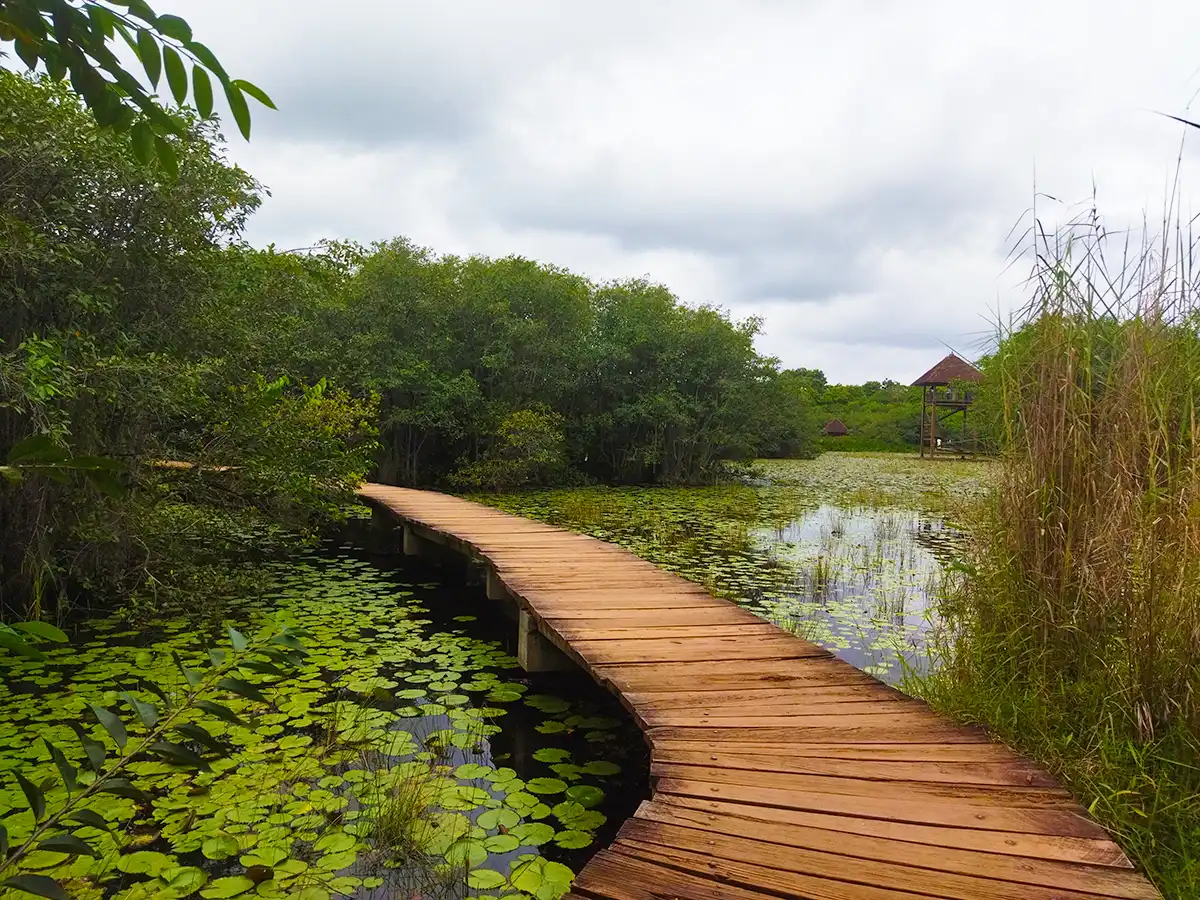

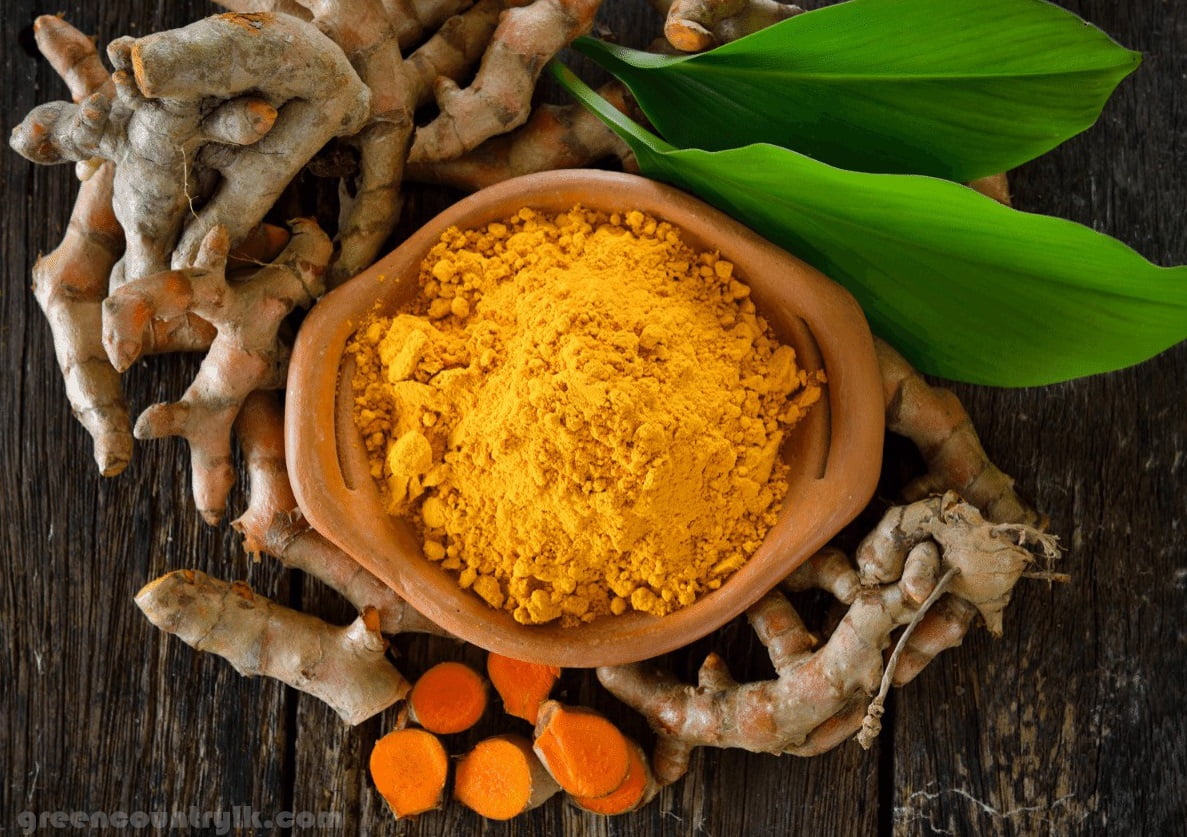


Leave a Comment
Your email address will not be published. Required fields are marked with *